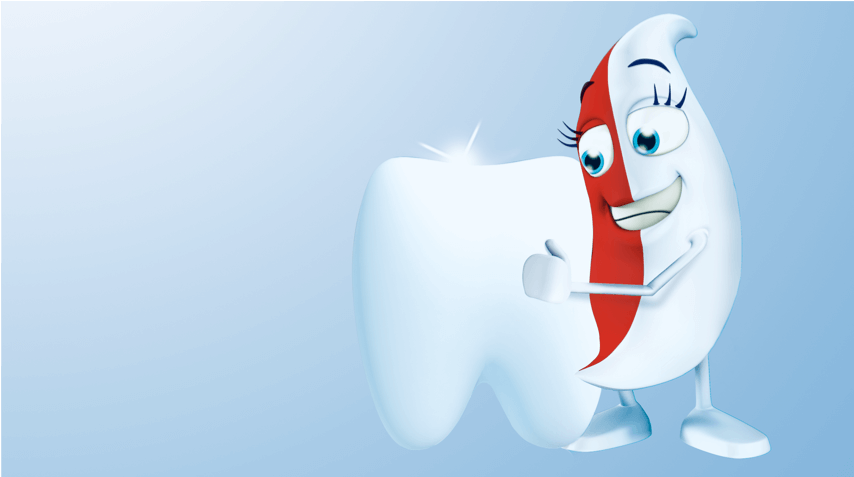Teething Baby: Signs and Tips

Helping Your Child Through Teething
Soon after that first smile often comes the discomfort of a teething baby, and your baby may show signs well before any teeth emerge. As parents, you’ll obviously want to help your baby or toddler through this stage, and there are several ways you can help ease the transition, from a cold compress to a teething ring. Teething children sometimes respond well to pressure on the inflamed area – so you can try a light gum massage using a clean finger or very soft finger toothbrush.
There are a range of products available for when milk teeth appear, from teething wipes and baby toothbrushes, to specialist toothpastes with reduced fluoride. Once they’re used to a toothbrush there are plenty of ways to keep them happy when brushing.
How Do I Know My Baby Is Teething?
According to the NHS, signs that your baby might be teething include:
- Your baby’s gum is sore and red where the tooth is coming through
- Flushed cheeks (maybe just one)
- Tugging on their ear
- Dribbling more than usual
- Trying to gnaw or chew on things
- More clingy or fretful than usual
What Order Does A Baby’s Teeth Come In?
You might be wondering, ‘when do babies start teething?’ While there is no definitive guide, a baby teething chart can offer an understanding of how first teeth usually emerge:
- Five to seven months old: bottom incisors (bottom front teeth) – usually the first to come through
- Six to eight months old: top incisors (top front teeth) Nine to 11 months old: top lateral incisors (either side of the top front teeth)
- 10 to 12 months old: bottom lateral incisors (either side of the bottom front teeth)
- 12 to 16 months old: first molars (back teeth)
- 16 to 20 months old: canines (towards the back of the mouth)
- 20 to 30 months old: second molars
- You can expect your child to have most of their milk teeth by the time they reach two to three years old.
Teething Products
There are plenty of products on sale to help with baby teething, from gels and granules to powders. Most of it is a matter of taste. Some babies may prefer something a little harder to
bite down on, to stimulate those milk buds. A teething ring may be a good idea, but be sure to supervise your child at all times when they are using it. Check out a kids’ teeth chart to see what stage they’re at.
There have been some developments in the UK over what can legally be sold to parents of teething babies, and the advice now is to talk to your local pharmacist, as gels that contain lidocaine have now been taken off supermarket shelves. A review by the Medicines and Healthcare products Regulatory Agency (MHRA) said they should only be considered a second line of treatment. MHRA now suggests that parents worried about a teething baby should try non-medicinal options such as rubbing the gums or using cooled teething ring.
As your baby continues to go through the teething process over the next few months, it’s important to get them into a daily brushing routine.





